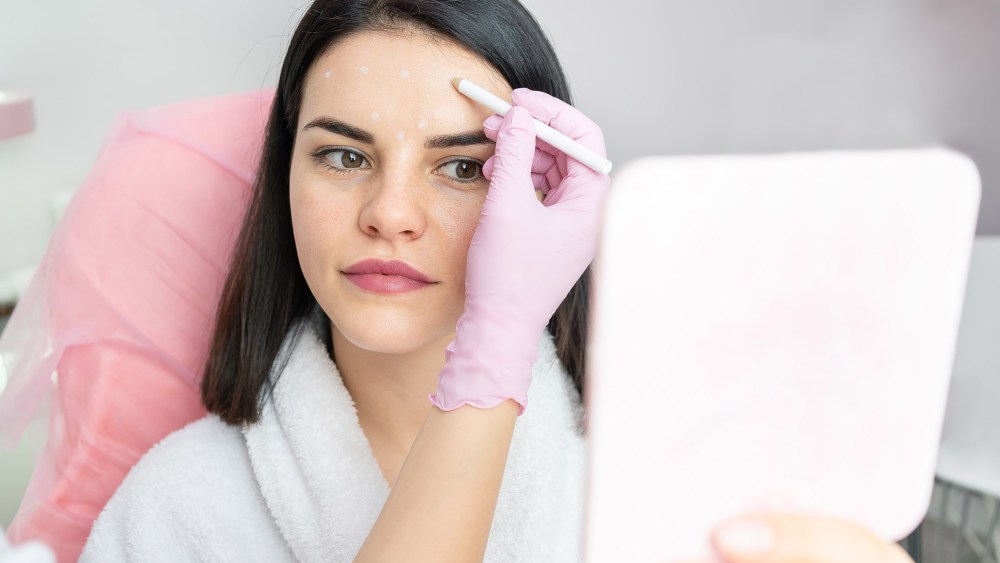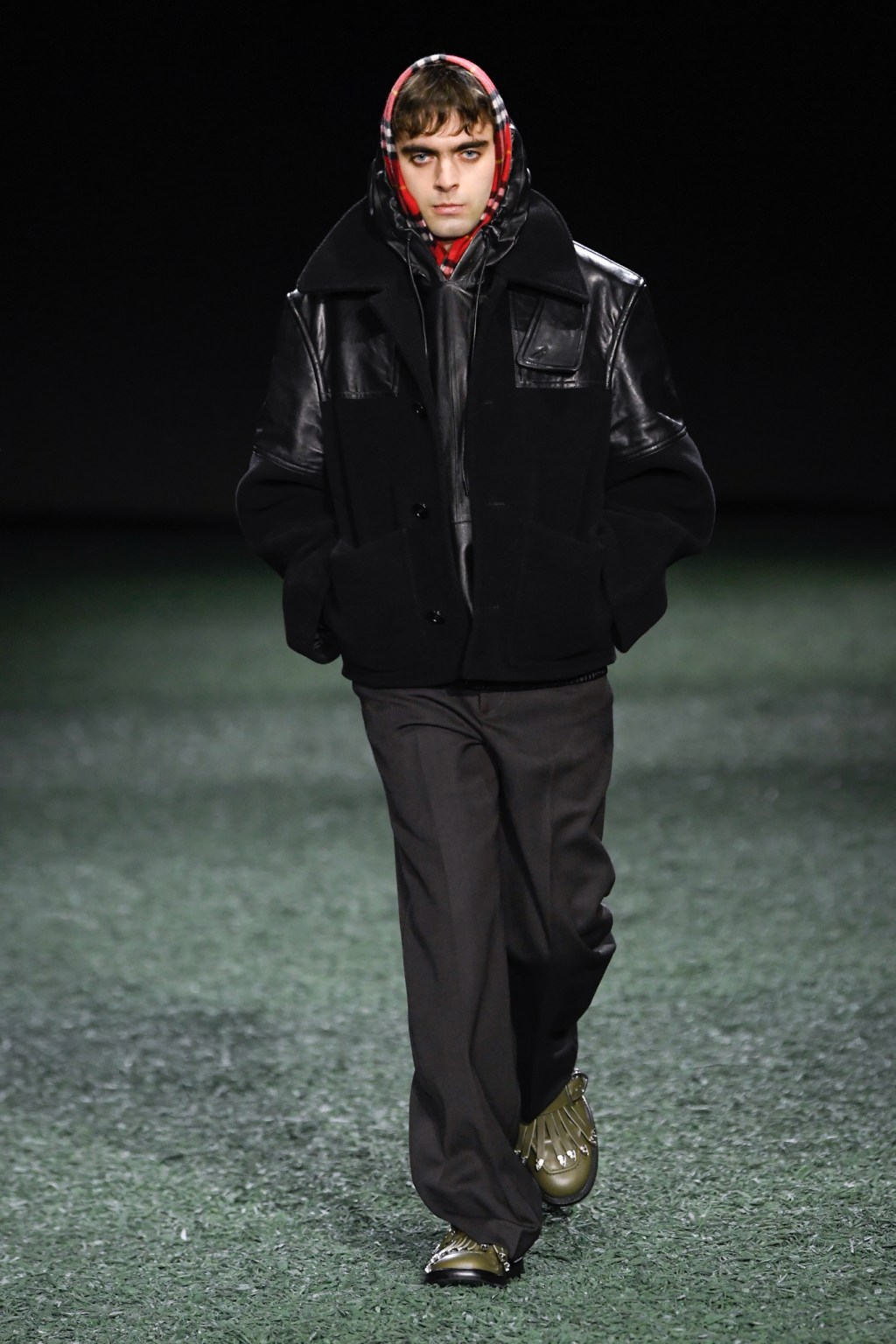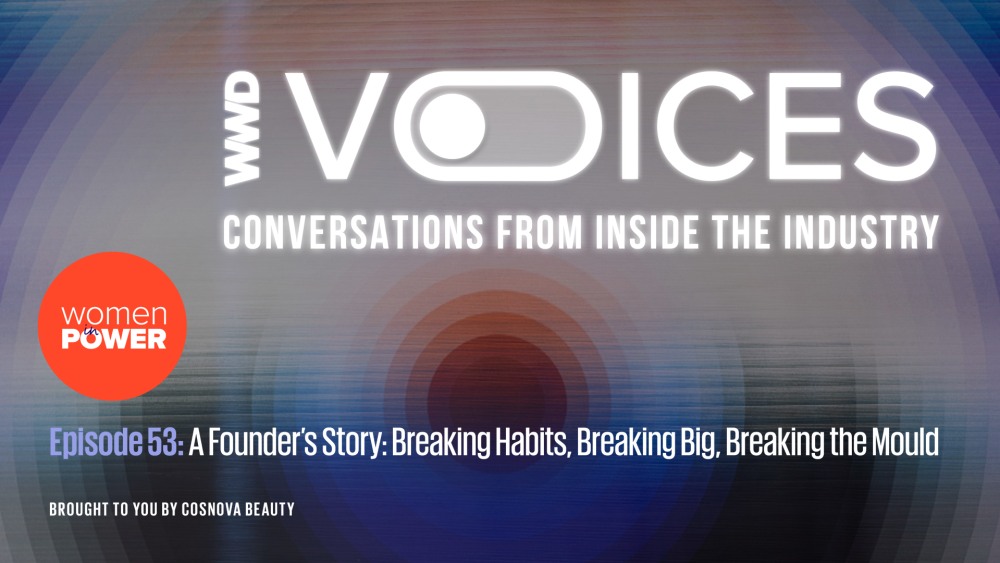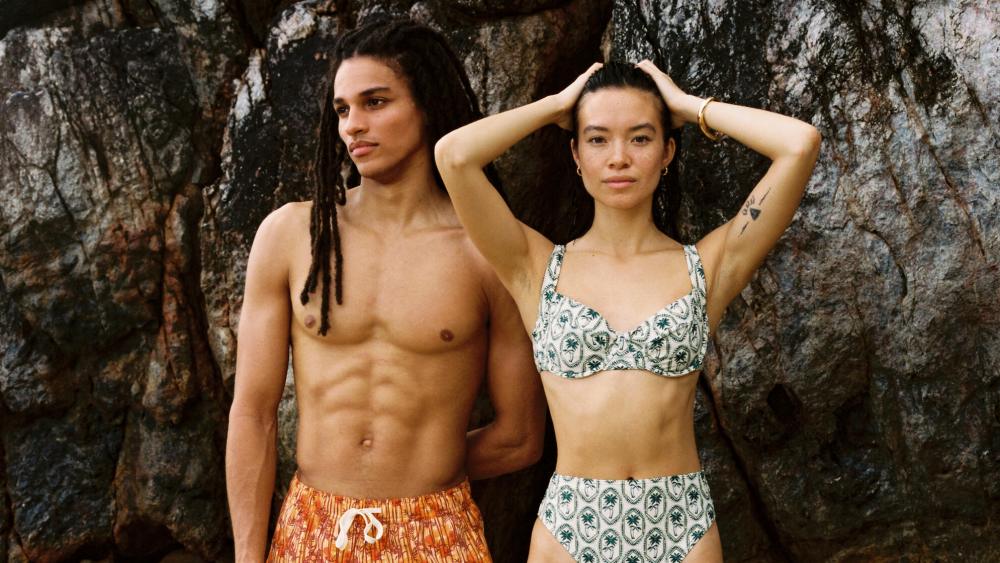The internet wants to know: “Why does Gen Z look older than Millennials?” and “Why is Gen Z aging faster?” Over the past year, they were the most asked trending queries among topics associated with those generational groups, according to a new report released by Google Trends that analyzed searches featuring the two demographics. Gen Z is in the age range 11 to 26 years and Millennials are between 27 and 42 years old.
The conversation went viral in January in a TikTok video by 26-year-old Jordan Howlett, which received more than 24 million views. “It is mainly because of the stress,” he said in response to social media’s debate on the subject. “We live in a time nowadays where Millennials look way younger for their age while Gen Z looks way older for their age.”
There’s some validity to stress as a factor that’s leading to Gen Z “aging” faster than Millennials. Research has shown, through DNA analysis in addition to subjective perceptions, that there are differences between chronological age — the number of years we live — and biological age — health and lifestyle factors that impact the current state of the body. Smoking cigarettes, genetic predisposition, diet, mental health and chronic stress can jettison the appearance of looking older.
You May Also Like
“Stress is such an underrated part of aging that I think we, especially as Americans, just accept sometimes even like it was an honor badge,” said Emily Trampetti, aesthetician and founder of Skin Property, a virtual skin care consultation company. “What we also know about stress, chronic stress, especially, and mental health, is that it can age us really, really quickly.”
According to a 2022 survey by the McKinsey Health Institute, 32 percent of Gen Z respondents reported experiencing poor mental, social and spiritual health compared to 23 percent of Millennials, and 27 percent of Gen Z respondents cited social media as the cause. The report found that while Millennials spend more time on social media than Gen Z, the latter group has a higher rate of passive use (scrolling). Gen Z’s fixation on seeing what others are doing on social media could have adverse mental health effects. According to a 2015 study in the Journal of Experimental Psychology, it found that engaging in passive social media use can lead to declines in emotional well-being.
Stress isn’t the only trigger for Gen Z believing they are “aging like milk” (another highly searched query). Some in the cohort claim their use of retinoids is speeding up premature aging, with social media testimonials citing that it is creating an increase in fine lines.
“If you’re using a retinol for the purpose of antiaging, there’s not necessarily a lot of value to that when you’re young, because when you’re younger, you already have great skin,” said Dr. Marisa Garshick, a board-certified dermatologist.
Retinoids — a prescription-based derivative of vitamin A — can help mitigate breakouts, blemishes and acne scarring. Garshick added that the most appropriate use for this demographic would be for treating acne, not turning back the clock. “It can also be drying and irritating and can disrupt the skin barrier. So, if you’re creating irritation to the skin that’s unnecessary, you’re sort of disrupting your skin barrier without any basis.”
For the segment of Gen Z using it for antiaging, they aren’t necessarily gaining any of the noticeable benefits that Millennials do as retinoids regulate skin cell turnover and boost collagen. But what Gen Z is likely noticing are the potential side effects, which are temporary.
“Overusing that stuff or being really into skin care, I don’t think is going to age you faster. I think that even overusing retinol and giving yourself a ton of irritation — it’s going to make you red and peely or give you perioral dermatitis — but I don’t think it’s going to contribute to an aged appearance in terms of accelerating wrinkles or volume loss in the face,” said Dr. Dan Belkin, a board-certified dermatologist.
Belkin added that Gen Z isn’t “aging” faster, but Millennials indeed are looking younger. In fact, the internet agrees. Search interest for “Why do Millennials look so young” was up 1,140 percent in the past year.
“I think it’s just that Millennials happen to look good because of the way that Millennials have adopted injectables,” Belkin explained.
Injectable treatments continue to rise in popularity as part of antiaging routines among all age demographics — and Millennials are leading in year-over-year growth. According to the American Society of Plastic Surgery, which represents 92 percent of all board-certified plastic surgeons in the U.S., a study that evaluated all procedures of its members performed in 2023 found that Millennials had a 9 percent increase in hyaluronic acid fillers — the highest compared to other age cohorts.
Procedures using HA fillers such as Juvederm, Voluma and Restylane can increase volume and plump areas of the face, including lips, cheeks and undereye hollows. They can last between six and 18 months and are dissolvable.
Millennials also had an increase in the use of non-hyaluronic acid fillers such as Radiesse, Sculptra and Bellafill, which are semipermanent and cannot be dissolved; they were up 8 percent compared to 2022.
Still, anti-wrinkle treatments were ahead of the class. Neuromodulators such as Botox, Dysport, Xeomin, Jeuveau and Daxxify, which can stop wrinkles and smooth fine lines, were the most popular injectables.
“Once you’re in your mid- to late-30s, I feel like that’s when people really start to see aging kind of accelerate a little bit,” Belkin said. “And that’s when people are feeling like, ‘I don’t look like how I used to look. I don’t really look like myself, I look much more tired.’”
For Gen Z, fillers are preferred over neuromodulators, according to the study, with treatments using non-HA and HA fillers combined proving to be the most popular in the age group. The injectables saw year-over-year growth of 9 percent (non-HA) and 8 percent (HA), respectively.
While its use can help Millennials appear younger, the same procedures could have the opposite effect on Gen Z — looking overfilled and beyond their years. “Filler is a tool that is a great tool, but it has to be used well, and it has to be used smartly,” Belkin said. “When it migrates, it does create that exhausted look, which can make you look older.”
Belkin said the most appropriate use of fillers for Gen Z would be for enhancements, not replacing volume loss because they aren’t experiencing significant skin laxity. “Like, if somebody wants a little pop in the cheek or lip enhancement or a little sort of like sharpening of the chin,” he explained. “So, more kind of like enhancing rather than replacing age-related volume loss.”

In January, social media reacted en masse after Kylie Jenner made an appearance at the Jean Paul Gaultier spring 2024 couture show. Observers believed Jenner, who is 26, experienced migrating filler that resulted in an older look. The @doctor.devine TikTok account described it as “not a normal sign of aging, especially for someone of Kylie’s age, and is a telltale sign of overfilled teardrop filler.” The video received more than 3.5 million views. Google searches for “Kylie Jenner filler” skyrocketed.
“I think being overfilled gives you sort of this uncanny look where you just don’t expect that in that age range, so when Kylie, who’s in her 20s, had those puffy under eyes that people were talking about, it’s just a little bit uncanny,” Dr. Devine explained. “It sort of emulates changes that could happen with older age, which we call festooning under the eyes, which is from skin laxity. She’s too young to be having normal skin laxity there, but if she were in her 50s, she might.”
Belkin added that for the age group, he hasn’t seen a rise in injectables. “Occasionally a little bit of lip filler, or maybe some early, conservative neuromodulator like Xeomin.”
Though, the use of neuromodulators in the Gen Z cohort is relatively low — nearly 140,000 procedures last year compared to 1.7 million for Millennials — it has gained year-over-year popularity, up 8 percent compared to 2022. The ASPS study found that the age group is embracing “Baby Botox” to prevent wrinkles before they form. And just like fillers, its overuse can also create the appearance of advanced aging, Belkin said.
“Xeomin is good for a little bit more of a conservative outcome, where you can maintain some natural movement, but still reduce lines or still prevent lines from becoming etched in the skin,” Belkin said of Merz Aesthetics brand’s anti-wrinkle injectable. “So, sometimes actors or people who are in the public eye will request Xeomin because it sort of gives you more of a natural appearance.”
Xeomin, which is suitable for the treatment of moderate to severe frown lines between the eyebrows, launched its Beauty on Your Terms campaign in 2022, with ambassadors like Demi Lovato and Joe Jonas to court a younger audience.
“[Xeomin] is less likely to give sort of like an overly heavy brow, which can make you look older than your actual age — it can make your lids look a little bit heavier because your brow is feeling heavy and you can’t really lift your brow well. If the brow is overarched, it can give sort of that telltale Botox sign that we call a ‘Spocked’ brow, like Spock from ‘Star Trek,’ where the arch is a little too pointed and sharp,” Belkin explained. “It can drop the glabella, which is the area between the brows above the nose. And so, if you see somebody who is in their mid-20s — and they should have just natural kind of soft brows — and you see that they’re frozen, that their glabella is dropped and that their brow is kind of overarched, to me, I can see that as an over[Bo]toxed look, but I think to a lay person, you might think that they’re, you know, in their 40s.”



